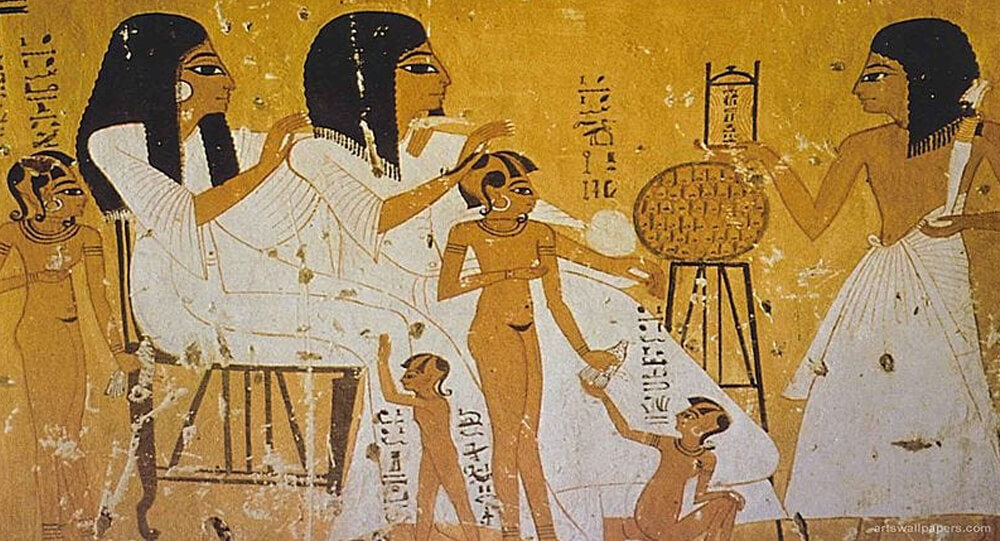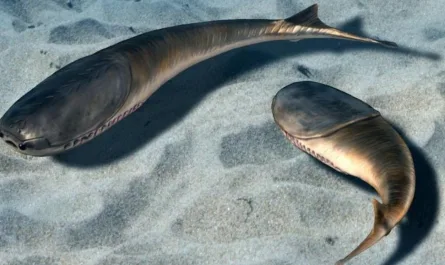It began with a whisper in the bones of ancient history — a silent, invisible predator that stalked humanity for at least 12,000 years. Smallpox. The name itself evokes dread: variola major, the deadliest strain, and its cruel sibling, variola minor. Together, they carved a path of suffering across civilizations, leaving behind pockmarked survivors and mass graves.
This was no ordinary disease. It was a biological tyrant.
A Killer Without Borders
Smallpox did not discriminate. It struck pharaohs in gilded tombs and peasants in mud huts. The mummified face of Ramses V, the Egyptian ruler who died in 1157 BCE, bears the telltale scars — raised, pitted lesions frozen in time. Three thousand years later, Queen Elizabeth I of England hid her own pockmarks beneath thick white makeup, a secret shared only with her mirror.
In 1776, as American colonists fought for independence, smallpox ravaged both armies. George Washington, scarred from an earlier infection, ordered the first mass inoculation of the Continental Army — a risky, primitive procedure using pus from active lesions. It saved his troops. It did not save the Native American tribes, where the virus was deliberately spread via infected blankets, decimating entire nations.
Abraham Lincoln delivered the Gettysburg Address while in the early, febrile stage of smallpox. He survived. Millions did not.
At its peak, smallpox killed one in three infected people. Survivors were often blinded, disfigured, or crippled. Children were especially vulnerable — in 18th-century Europe, it was the leading cause of death in childhood.
By the 20th century, the toll was staggering: over 300 million deaths — more than all wars, famines, and plagues combined in the same period. In 1967 alone, 15 million people were infected. The world was losing a war it didn’t even know it was fighting.
The Weapon: A Cow, a Milkmaid, and a Country Doctor
The turning point came not from a battlefield, but from a dairy farm.
In 1796, Edward Jenner, a physician in rural England, noticed something curious: milkmaids who contracted cowpox — a mild disease from cattle — never seemed to get smallpox. Jenner hypothesized that exposure to cowpox conferred immunity.
On May 14, 1796, he tested his theory. He took pus from a cowpox sore on the hand of Sarah Nelmes, a milkmaid, and scratched it into the arm of an 8-year-old boy named James Phipps. Weeks later, Jenner exposed the boy to smallpox. James did not fall ill.
The word spread: vaccination — from the Latin vacca, meaning cow.
Jenner’s discovery was revolutionary. It was the first time humans had created immunity to a disease through deliberate exposure to a safer version. The vaccine was crude, often administered with unsterilized lancets, but it worked. Within decades, vaccination campaigns swept Europe, the Americas, and beyond.
The Global War on Smallpox
By the mid-20th century, smallpox still raged in Africa, Asia, and South America. The World Health Organization (WHO), founded in 1948, made a bold decision in 1959: eradicate smallpox entirely.
It was an audacious goal. No human disease had ever been wiped out before. The plan relied on three strategies:
- Mass vaccination — blanket coverage in endemic areas.
- Ring vaccination — when a case was found, vaccinate everyone in the surrounding area to create a firewall.
- Surveillance-containment — track every case, isolate patients, and vaccinate contacts.
The campaign was grueling. Teams trekked through war zones, monsoons, and deserts. In India, vaccinators went door-to-door in villages, marking homes with chalk to track who had been immunized. In Nigeria, they navigated civil war. In Bangladesh, they worked amid floods and famine.
Volunteers faced hostility. Some communities believed the vaccine caused infertility or was a Western plot. Others hid infected family members. But persistence won.
The last frontline warrior was a 23-year-old hospital cook in Merca, Somalia, named Ali Maow Maalin. On October 26, 1977, he developed a fever. Doctors confirmed: smallpox. He was isolated. His contacts were vaccinated. The chain was broken.
Maalin survived. He later became a vaccination advocate, traveling Somalia to immunize children against polio. He died in 2013 — not from smallpox, but from malaria. His was the last natural case of smallpox in history.
The Final Tragedy
One year later, in August 1978, smallpox struck again — this time, in a lab.
Janet Parker was a medical photographer at the University of Birmingham. She worked one floor above a smallpox research lab. The virus, stored in vials for study, escaped through an air duct. Parker developed symptoms. She died on September 11, 1978 — the last person ever killed by smallpox.
Her mother, hospitalized with grief, also contracted the virus but survived. The lab director, Professor Henry Bedson, overcome with guilt, took his own life.
The incident exposed the dangers of keeping live virus samples. Today, only two labs in the world are authorized to store smallpox: one in the United States (CDC in Atlanta), one in Russia (Vector Institute in Novosibirsk). The debate over whether to destroy the last samples continues.
Victory Declared
On May 8, 1980, the World Health Assembly convened in Geneva. Dr. Halfdan Mahler, WHO Director-General, stood before the world and declared:
“The world and all its peoples have won freedom from smallpox.”
The room erupted in applause. Certificates were signed. The vote was unanimous.
Smallpox was gone.
The first — and so far, only — human disease eradicated from the planet.
The Legacy: A Needle, a Network, a New Era
The eradication of smallpox was not just a medical triumph. It was a triumph of global cooperation. Rich nations funded vaccines. Poor nations opened their villages. Scientists, doctors, villagers, and governments worked as one.
It cost $300 million over 13 years — less than the price of a few fighter jets. For every dollar spent, $10 in healthcare costs were saved.
The tools developed — surveillance, ring vaccination, international coordination — became the blueprint for fighting HIV, Ebola, and now, COVID-19.
Smallpox left scars on humanity’s body and soul. But it also left a message:
Even the deadliest enemy can be defeated — not by force, but by science, solidarity, and stubborn hope.
The Silent World
Today, no child is vaccinated against smallpox. The vaccine is no longer routinely given. The virus exists only in freezers, under armed guard.
Walk through any village in Ethiopia, any slum in Mumbai, any city in the Americas — no one alive today will ever see a smallpox pustule. No mother will bury a child for this reason. No ruler will hide behind makeup to conceal the marks of survival.
The silence is deafening.
And it is beautiful.
History’s Lesson
Smallpox ruled for 12,000 years. It took humanity less than 200 years to end it.
This is what we are capable of when we choose to fight together.
Not with swords. Not with fear. But with a needle, a plan, and the refusal to let another generation suffer.
The virus is gone. The victory remains.
And somewhere, in a world without smallpox, a child laughs — unaware that she owes her unmarked face to a milkmaid, a boy named James, a cook in Somalia, and a photographer who never came home.
This is humanity’s finest hour. Let it not be our only one.





